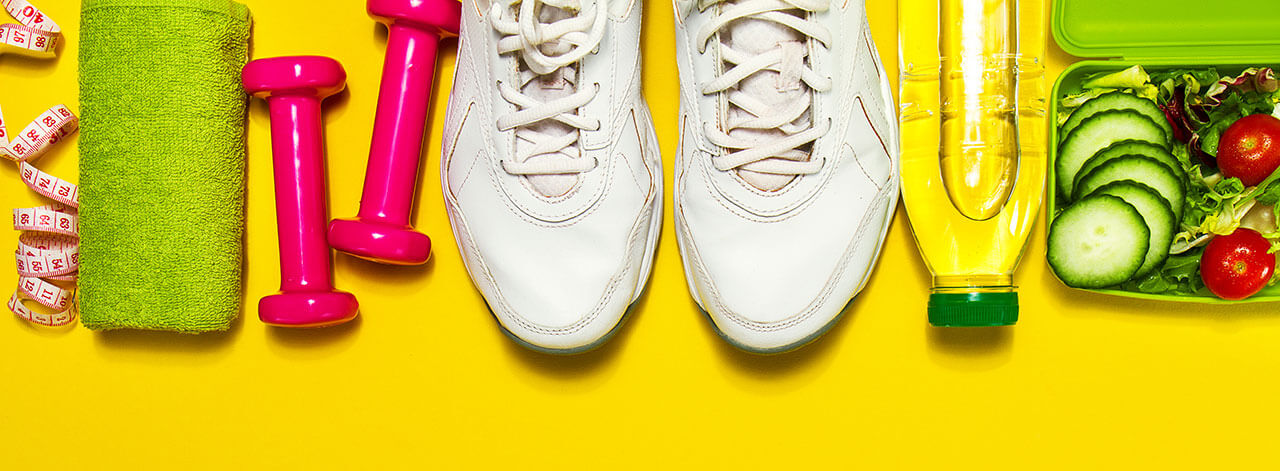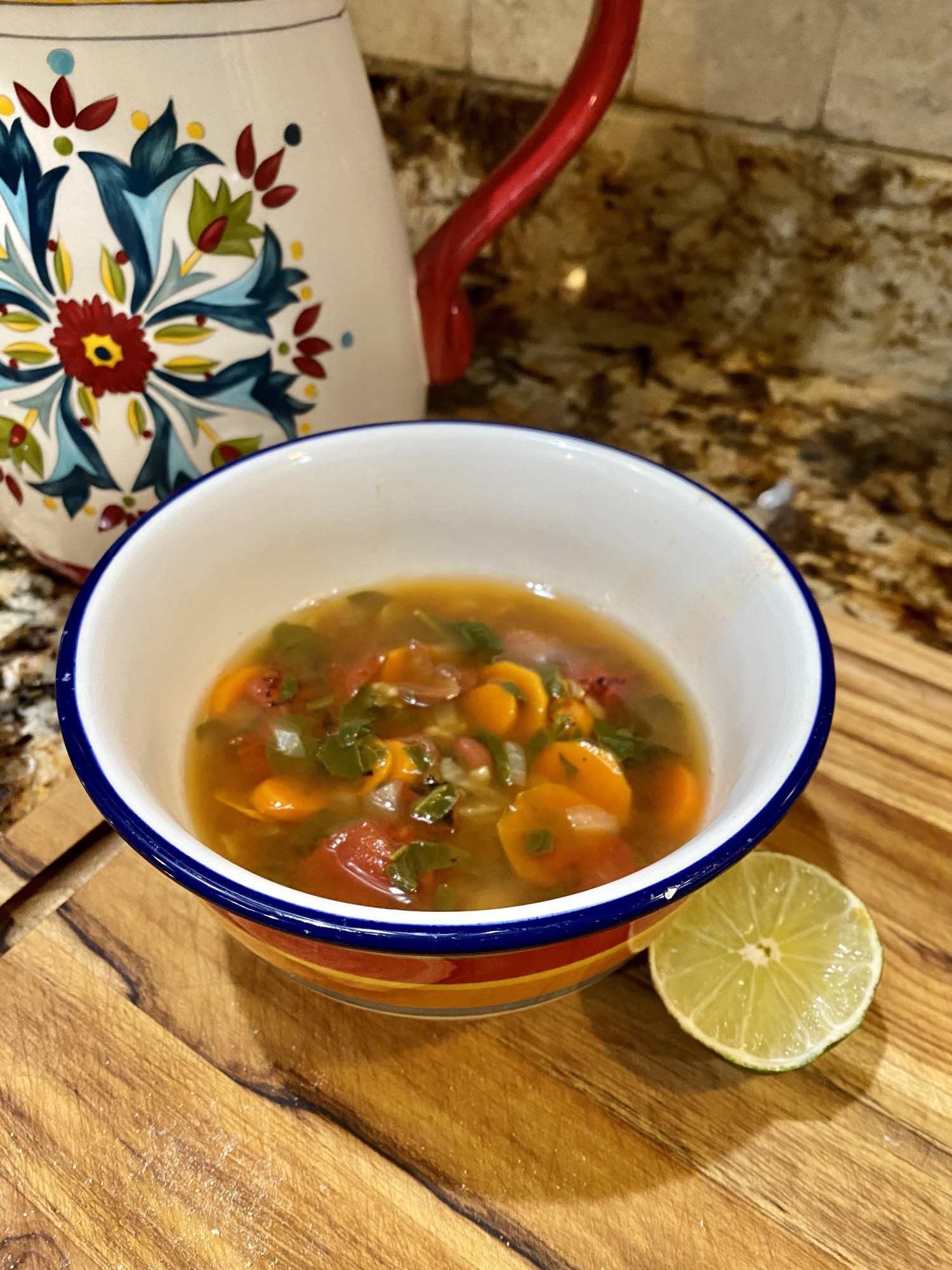
 Your Wellness Lifestyle Starts Here
Your Wellness Lifestyle Starts HereYou may have heard of the Pareto Principle, also known as the 80/20 rule. It states that for many events, roughly 80% of effects come from 20% of the causes.
The Pareto Principle can be applied to a variety of situations. Here are a few examples of how to apply this principle to help you form healthy habits.
The Pareto Principle can be applied to a variety of situations. Here are a few examples of how to apply this principle to help you form healthy habits.
- Relationships. Who are the few people that have the most positive impact on my life? Spend more time with them.
- Priorities. What are the few actions that have the most positive impact on my day? Prioritize them.
- Learning. What are the few information sources I learn from most? Focus on them.
- Stress. What are the few sources that cause most of the stress and friction in my life. Eliminate them.
Journal.: What are the current habits that are hindering your future progress?
Forming healthy lifestyle habits, including diet and exercise, requires deliberate effort on your part in crafting a health and wellness vision. In order to be successful, the habits must be accessible, sustainable, and defensible with science.
Wellness Forum Health has developed a process of educating others to make Informed decisions and I love helping others regain their health through better habits.
We should never need to explain our reasons for any of our choices, including our food choices. However, we should be able to - if asked - explain why we have decided to stop eating particular foods. Most important is the ability to do this, which represents an understanding of the reasons a choice has been made. Diet and lifestyle choices and more independent thinking about healthcare are more likely to "stick" if people know what they are doing and why they are doing it.
Liz Fattore
Nurture Your Health
Licensed Food Over Medicine Professional

 Your Wellness Lifestyle Starts Here
Your Wellness Lifestyle Starts HereHow do you define health? Did you ever think of developing a health philosophy?
First, let's define philosophy. According to dictionary.com, it is the "rational investigation of the truths and principles of being, knowledge, or conduct; the critical study of the basic principles and concepts of a particular branch of knowledge, especially with a view to improving or reconstituting them."
In this country, the health care system gives us our health philosophy. We give them the power to manage our health. The United States spends more money per capita on "health" care than any other country on earth, yet when the quality of our "health" care is compared with other industrialized nations, we rank near the bottom. Rates of many chronic diseases have only increased over time. Is the term "health" care a misnomer? Shouldn't it be called a disease care system?
Developing a philosophy of how you manage your health is just as important as how you manage your finances, insurance costs, and car maintenance.
Obviously, nobody wants to be sick and be in the constant care of a doctor. So, if your motivation is to not become sick, to remain a healthy person, then your health strategy or philosophy is tied to that outcome because it is important to you. The Wellness Forum Health Informed Consumer approach is a food forward, educational approach to a healthy lifestyle. The foods you consume can heal you faster and more profoundly than the most expensive prescription drugs, and more dramatically than the most extreme surgical interventions, with only positive side effects.
There are no short cuts, no magic pills. The new hot thing may not be the healthy thing. Be informed as a consumer. We teach you how to develop your own strategy to achieve success. As you start to examine what you are eating, how your habits affect your lifestyle, learn new, healthy habits and skills and change your behavior, you will build new pathways in the brain. For a lifestyle change to work, it must be accessible, sustainable, and defensible with evidence.
Optimal health is achieved and maintained when people practice proactive and intentional healthcare. This means prioritizing learning about health and investing time and resources in adopting the right diet, engaging in the right exercise, and paying attention to other factors that lead to optimal health. Doesn't that sound like a great health philosophy?
Liz Fattore
Nurture Your Health
Licensed Food Over Medicine Professional
www.lizfattore.com
Potato & Broccoli Salad

Get ready for picnic season with this healthier alternative to potato salad.
Ingredients
- 3-4 large russet potatoes, diced
- Small head of broccoli, cut into small pieces
- 15 oz can of chickpeas, drained but reserve the liquid
- 3-4 scallions, thinly sliced
- 2-3 cloves garlic, minced
- Juice of 1/2 lime
- 1/2 cup white wine vinegar
- 1 teaspoon honey or maple syrup
- Salt, pepper, rosemary, thyme
Instructions
Cook the potatoes, drain and cool. I like to cook (microwave or steam) the broccoli until al dente. I also like to sauté the onions and garlic but you can add them raw. Sauteing them brings out the sweetness of the onions. Add the potatoes, broccoli, chickpeas, onions, garlic to a bowl. For the dressing: combine the chickpea liquid (aquafaba, white wine vinegar, honey, lime juice, thyme, and rosemary in a blender cup. (I use a stick blender for the mixture) Blend until smooth and add to the potato and broccoli mixture. Add salt and pepper to taste.
Be creative and add other vegetables or mushrooms.
 Inflammation is a natural process
Inflammation is a natural processIt is triggered when body tissues are damaged due to physical trauma or injury. The inflammatory response facilitates the removal of debris and pathogens and is also essential for the repair process.
My inflammation class focuses on the damage caused by acute inflammation inside the body.
Here are some tips to manage inflammation due to injury on the outside of the body.
Symptoms of acute inflammation include:
- pain (due to swelling caused by fluid build-up which places pressure on nerve endings)
- redness (due to capillaries which are filled with more blood)
- immobility or loss of function in the inflamed area
- heat due to increased blood flow
The inflammatory process starts with the production of inflammatory chemicals like histamine, kinins, prostaglandins, and lymphokines. These promote dilation of small blood vessels at the site of injury and increase the permeability of capillaries. This facilitates the delivery of immune cells to the site that destroy pathogens; stimulates local blood clotting which creates a physical barrier to the spread of infection throughout the blood stream, promotes tissue repair, and removes debris from the site of the injury.
So, if inflammation is a natural response to injury or trauma, and it is needed for healing, what happens if a person takes an anti-inflammatory drug such as an NSAID as soon as an injury occurs to reduce inflammation, swelling and pain?
A recent research study reveals the answer to this question and also offers some insight as to why some people who are injured have long-term chronic pain while others recover and have no residual pain.
The authors of the study reported that patients who had lower back pain along with higher inflammation levels were more likely to experience resolution of pain within three months than patients who had lower levels of inflammation. The researchers reported that blocking the inflammatory response with medication can prolong musculoskeletal pain.
This same result was found in mouse studies. Blocking inflammation with dexamethasone (a steroid drug) or diclofenac (an NSAID) relieved pain within the first week but resulted in more sustained pain over time. Mice given a saline control or pain medications that did not lower inflammation levels had pain resolution in a significantly shorter period of time than mice that were treated with anti-inflammatory drugs.
People all over the world reach for anti-inflammatory drugs when they are injured to relieve pain, and most people think all inflammation is bad. Doctors reinforce this idea by prescribing drugs for inflammation and pain in response to injury. But there is a difference between acute inflammation due to injury and chronic inflammation that is due to poor health. Acute inflammation plays a role in healing, while chronic inflammation contributes to disease onset and progression.
The next time you have an injury – due to a fall, a car accident, bumping into something – it’s best to just let it heal. Pressing through and dealing with the discomfort now is the best chance of not having chronic pain in the future.
Alejandro Manjarrez PhD. "Early Inflammation Protects Against Chronic Pain, Study Finds." The Scientist May 12 2022.
Pam Popper, Wellness Forum Health
The objective of Nurture Your Health is to learn how to remain or become a healthy person, rather than to remain or become a sick patient. Most people do not pay attention to their health until they are sick. It is important to prioritize learning about health and investing time and resources in adopting the right diet, engaging in the right exercise, and paying attention to other factors that lead to optimal health. Make learning about health interesting and fun. Use this information to take control of your health and make better and informed decisions about what you eat, which lifestyle choices you make, and the medical care you receive.
This information is not a substitute for medical advice.
Liz Fattore
Nurture Your Health
Licensed Food Over Medicine Professional
Tortilla Soup

This uncomplicated, and tasty soup hits the spot and it is quick and easy to make.
Ingredients
- 8 cups Veggie broth,
- I cup cooked rice
- 1 can black beans
- 1 can Ranchero beans,
- 1 can crushed fire roasted tomatoes.
- 1/2 red onion, chopped
- 4 cloves garlic, chopped
- 2 carrots, peeled and sliced
Spices: Cumin, Tumeric, Chile powder, salt, pepper
Instructions
Sweat the chopped onions and garlic in a little veggie broth. Add the spices (I used about a teaspoon each of the Cumin, Turmeric and Chile powder. You can add more later after tasting.
Add the broth and let simmer about 20 minutes. Drain the black beans and add to broth. Add the ranchero beans with sauce included. (I use the 365 brand from Whole Foods. It’s cheap) Add the tomatoes. Simmer another 20 minutes.
Add as much of the cooked rice as you like. Less rice makes it more “brothy.” Top with cilantro, a toasted tortilla and avocado.




